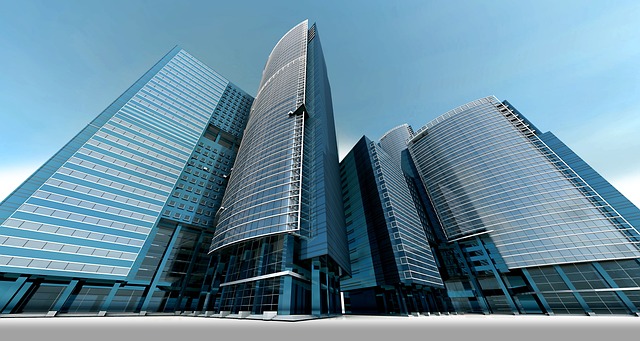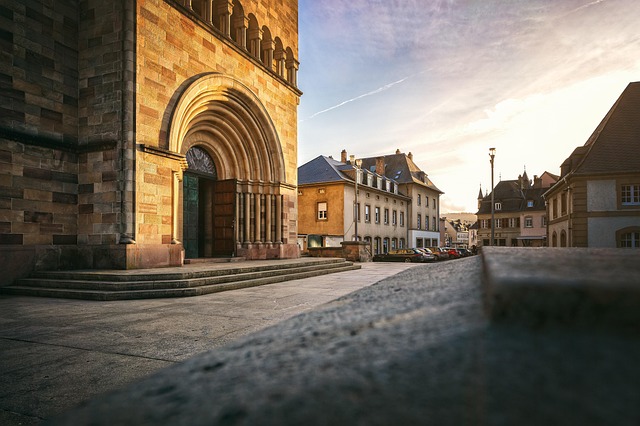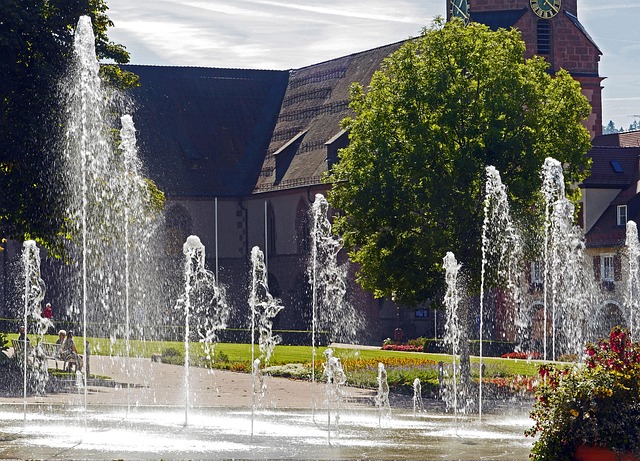In an era where urbanization is at its peak, the necessity for nature-friendly urban planning has never been more evident. Cities are increasingly transforming, integrating elements of nature into their designs to enhance the quality of life for residents and promote a healthier environment. We can witness this inspiring movement through the revitalization of local parks, the establishment of community gardens, and the implementation of green roofs, all contributing to a more eco-friendly atmosphere within our urban habitats.
The benefits of such transformations are multifaceted. Firstly, incorporating green spaces into urban settings not only beautifies the environment but also improves air quality. Trees act as natural air filters, absorbing pollutants and providing fresh oxygen, which is crucial for maintaining the health of urban populations. Moreover, plants and greenery help to mitigate the urban heat island effect, reducing temperatures and ultimately leading to lower energy consumption for cooling.
Furthermore, community gardens have emerged as vital spaces that promote food security, sustainability, and community engagement. These gardens allow residents to cultivate their own produce, fostering a connection with nature that is often lost in the hustle and bustle of city life. Gardening provides therapeutic benefits, as it has been shown to reduce stress, encourage physical activity, and promote mindfulness. By using urban spaces for such initiatives, we reconnect with our environment, nurture local ecosystems, and promote biodiversity.
Green infrastructure is another crucial component of nature-friendly urban planning. Green roofs, permeable pavements, and bioswales are innovative engineering solutions designed to manage stormwater, reduce flooding, and provide habitats for urban wildlife. These eco-friendly materials not only enhance the resilience of city landscapes but also invite nature back into heavily developed spaces. The integration of green walls and plant life into buildings results in a visually appealing urban fabric while improving insulation and reducing overall energy costs.
The commitment to a greener urban landscape may also inspire social change. By prioritizing nature-friendly design, planners create spaces for public gatherings, outdoor activities, and cultural events that encourage community interaction. Parks equipped with walking trails and recreational areas not only motivate physical exercise but also serve as gathering places where friendships and connections flourish. This sense of community is essential in fostering a vibrant urban quality of life.
As cities continue to grow, it is crucial that we advocate for policies and practices that support nature-friendly urban planning. This approach not only enhances the livability of our cities but also addresses some of the most pressing environmental challenges of our time, including climate change and pollution. Each initiative taken towards integrating more nature into our urban landscapes is a step towards creating a more sustainable future for generations to come.
In summary, the integration of nature into urban planning is more than just a trend; it is a necessary evolution that reflects our growing understanding of the importance of green spaces in our lives. As individuals, we must recognize the value of these adjustments and participate actively in shaping our communities with nature at the forefront.




